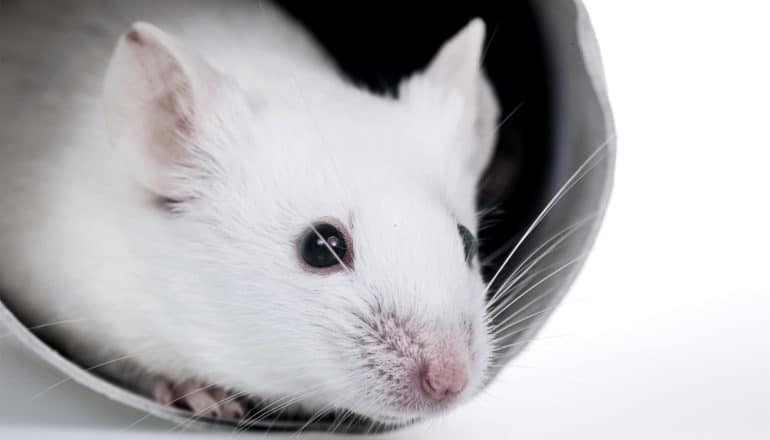
Mice have a sex-distinct circuit for depression that activates during stress and testosterone controls, according to new research.
Depression affects women nearly twice as much as men, but unraveling the brain’s blueprint that regulates this behavior, let alone identifying specific molecular differences between sexes, has proven difficult.
The results, which appear in Biological Psychiatry, focus on the activity between neurons in the ventral hippocampus, which become active under stress and emotion, and their activation of nucleus accumbens neurons, critical players in reward and motivation.
“What makes these findings stand out is not only identifying this new circuit,” says lead author AJ Robison, a physiologist at Michigan State University, “but also observing and confirming how it drives different behaviors in males and females.”
Oddly enough, many circuit-specific animal model studies involving depression-related behaviors don’t include female subjects. This gap exists despite sex differences in several depression-related brain regions, including the hippocampus, Robison adds.
To help close this void, Robison and colleagues focused on this hippocampus-accumbens circuit and saw that the activity in male brains during stress was significantly lower than in females, and this required testosterone. When they removed testosterone, however, the male mice began expressing depression-like behaviors.
Conversely, the team observed increased circuit activity in female brains, but when researchers introduced testosterone, the neurons quieted, and the female mice became resistant to the depression-like behaviors.
“Even with our best antidepressants, such as Prozac, we don’t know exactly how they work,” Robison says. “This is the first time we’ve found a circuit that drives this sexually different behavior; other scientists can now explore how this could translate to identifying new therapeutic targets in humans.”
Robison’s group used chemogenetic tools to manipulate specific circuit activity in the mouse brain in this study. Such tools may inform the development of “genetic medicine” for the treatment of human diseases in the future.
Additional scientists who contributed to this research came from Michigan State University and Memorial University of Newfoundland. Funding for this research came from the National Institutes of Mental Health, the National Institutes of Neurological Disease and Stroke, the National Institutes of Drug Abuse, and the Avielle Foundation.
Source: Michigan State University
The post Depression circuit works differently in male and female mice appeared first on Futurity.
from Futurity https://ift.tt/2Owsjal
No comments:
Post a Comment